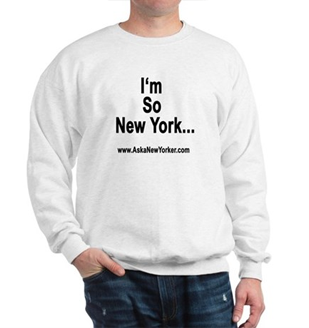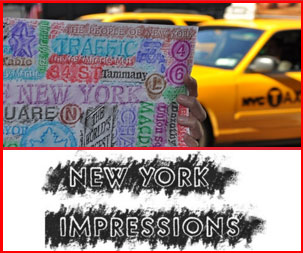The U.S. Open has recently concluded here in New York. It is one of the tennis world’s grand slam tournaments and makes dreams come true for thousands of fans. Tennis discovers new heroes and heroines and celebrates the champions crowned on the court of Arthur Ashe stadium.
Despite being exposed to tennis on a grand scale every year, I never think of a tennis player when I see a tennis racket. I think of Jim Cornette.
Jim Cornette is a professional wrestling personality who has been an inside player at the top of the pro-wrestling world for decades. I became a fan of Cornette’s watching wrestling on TV as a kid in the 1980s. Cornette was a terrific heel (bad guy) manager, and his character was that of a spoiled rich kid who brazenly bragged about the support he got from his momma. His principal prop was the ubiquitous tennis racket he always carried.
The tennis racket in Cornette’s hand was not just a totem of perpetual un-earned wealth that flaunted his status above the rank-and-file working-class wrestling fans, it was also a constant threat of illicit violence, and Cornette didn’t hesitate to use it against opponents of his wrestlers.
Cornette, like other great heels of his day like Rowdy Roddy Piper (my personal Greatest of All Time), got audiences to hate him passionately. When Cornette was eventually smacked down by one of the baby faces (good guy wrestlers), the crowd cheered loudly. Cornette made being hated look cool, and wrestling fans love him for it.
In addition to his career as a wrestling manager, Cornette served as a promoter and creative director, working behind the scenes during some of the most historic events of pro-wrestling history. He still has a hand in the wrestling world, and hosts podcasts.
As a commentator, Cornette combines a folksy Southern persona with a razor-sharp wit, and levels devastating criticism with an inside knowledge of pro-wresting that would shame most fans.
Pro-wrestling was born from the world of the traveling carnival circuit, and retains a patina of carney culture. Fans are “marks” and wrestlers stay in character by “keeping kayfabe.” A truthful interview or a real fight is a “shoot.” Despite the millions of dollars spent on production values of today’s top wrestling promotions, wrestling has never party with the shifty underworld of the carney life.
Almost every behind-the-scenes documentary about pro wrestling involves shady business deals, rampant substance abuse, broken bodies and early death.
Cornette serves as both pro-wrestling’s greatest source of inside insight while being one its most stalwart defenders. He lets us in on how the sausage is made, while also advocating for its more old-school customs and traditions. He has little patience for the tabloid, lowest-common-denominator approach that became popular a few decades ago.
Cornette will not hold back if he sees something wrong, and some of his real-life feuds have become more famous than any scripted in-ring storyline. Do an internet search for “Jim Cornette shoots on…” and you’ll find a trove of strong opinions dished out with well-said sarcastic aplomb.
Jim Cornette continues to be a great asset to pro-wrestling, and because of the boundless joy he brought to fans as a classic bad guy, the tennis racket will always mean Jim Cornette to me.











